JTF (just the facts): A three person show, with images hung against white walls in a series of gallery spaces on the second floor of the museum. The exhibit was organized by David Campany. (Installation shots below.)
The following works are included in the show, by artist:
Raymond Meeks
- 7 framed black-and-white photographs
- 1 framed color photograph
- 1 framed black-and-white photograph with collaged book plates
- 7 black-and-white photographs mounted to wooden box
- 4 black-and-white photographs mounted to board
- 17 unframed black-and-white photographs
- 2 unframed color photographs
- 5 book plates (unframed/framed)
- 2 multi-panel framed black-and-white photographs
- 3 metal objects
- 3 diptychs of black-and-white photographs mounted to wooden box
- (on tables): 6 spreads of 2 black-and-white photographs, 4 spreads of 3 black-and-white photographs, 2 spreads of 2 color photographs
A monograph of this body of work was co-published in 2023 by MACK (here) and Fondation d’entreprise Hermès, and has been included in the display. Embossed hardcover with slipcase, 21.5 x 30 cm, 172 pages, with an extended poem by George Weld.
Vasantha Yogananthan
- 28 color photographs (framed)
- 1 color photograph installed as wall vinyl
A monograph of this body of work has been co-published in 2023 by Chose Commune (here) and Fondation d’entreprise Hermès. Softcover, 26.5 x 29.5 cm, 164 pages, with texts in French/English by Taous Dahmani & Vasantha Yogananthan, Clément Chéroux & Agnès Sire.
Gregory Halpern
- 10 color photographs (framed)
- 1 two-channel video, 4 minutes 20 seconds
- 1 marble cement, stainless steel, wood, cinderblock
A monograph of this body of work was co-published inn 2020 by Aperture (here) and Fondation d’entreprise Hermès. Hardcover, 11 x 8.5 inches, 120 pages, with an essay by Clément Chéroux, and a conversation between Stanley Wolukau-Wanambwa and the artist.
Comments/Context: Almost as soon as a photographer has invested the hard earned time and effort to establish his or her own unique artistic voice, generally via a series of early career projects or bodies of work, the questions of what to do next begin to rumble around. Should a photographer continue along some identifiable and perhaps pre-defined arc or trajectory, evolving existing ideas, or simply follow his or her intuition and inspiration wherever it might lead? These mid-career issues are more complicated and nuanced than they might appear, and one common solution is to deliberately change things up, via a working trip somewhere new (like a foreign city) where the sights and sounds are intentionally different, as are the artistic problems they present. Such a trip is a kind of self-imposed test, a challenge to see if one’s artistic voice can be successfully adapted to a new range of subject matter.
Of course, paying for such a mind-clearing excursion is often beyond the available means of a working artist, and so an entire subculture of artist’s residencies has grown up to meet some of these needs, taking the form of grants for particular trips and journeys, or fully paid visits to retreats, wilderness estates, country houses, artistic summer communities, and other inspiring locations, either with a carefully selected group of other artists of varying kinds (for handy artistic cross pollination) or alone. One such residency program has been organized by the Fondation d’entreprise Hermès, where photographers based in the United States visit France (and are mentored by a French professional) and photographers based in France visit the United States (and are mentored by an American professional) on an alternating basis, in a kind of artistic/cultural/geographic exchange program, with museum exhibitions and photobooks promised on the back side. To date, six photographers have participated in the “Immersion” residency since its founding in 2014, and the work of the most recent three laureates – Gregory Halpern, Vasantha Yogananthan, and Raymond Meeks – has been collected and presented in this exhibition at the ICP.
At first glance, Raymond Meeks doesn’t seem like the kind of photographer who would be seduced by an artistic junket to a foreign country. Among contemporary photographers, he is among the most rooted in an attentive and patient engagement with home, family, memory, and place. In some of his recent photobooks (from 2020 and 2021, reviewed here and here), he has sensitively explored domestic landscapes and understated portraiture, staying local to his own house, his family, and other nearby places, and seeing them with nuanced immediacy, tenderness, and tonal grace.
For an artist like Meeks, a trip to somewhere beyond his close environs is an exercise in leaving behind those attachments, and his approach to making photographs in France leans into that absence. In travels that took him from the Bidassoa River region in the south (which briefly provides a border between France and Spain) to the outskirts of Calais in the north in the summer of 2022, Meeks followed refugees moving from one anonymous place to another. His photographs (in a project which ultimately came to be called “The Inhabitants”) document the transitional camps, shelters, and sleeping places of these migrants, as well as the scrubby landscapes they traversed along the way, but generally leave the actual people out of the frame. In a sense, Meeks applies his eye for the intimacies of inhabiting a place to the opposing subject of migration, where the participants are inherently deprived of the essential feeling of home and belonging that Meeks has spent much of his career considering.
The installation of Meeks’s photographs at the ICP is uneasily heterogenous, almost like an unearthed archive, eschewing a straightforward parade of framed images for a shifting overlapped arrangement of prints displayed in different sizes and forms, often on raw shelves or small tables. What ties all the pictures together is Meeks’s quietly observant aesthetic, where even the most humble and overlooked of details is noticed with tactile attentiveness. Many of the images capture an echo of past presence – discarded bedding, small cave-like sleeping spots decorated with the debris of habitation, and other ephemeral marks and arrangements of dirt, all of which offer the faint trace of faded intention.
Other images capture various versions of the juxtaposition of nature and the built world, mainly revealing the mixed surfaces of the forgotten locations frequented by migrants. Meeks’s photographs are filled with muddy puddles, intrepidly overgrown weeds, piles of rocks and broken concrete, artfully seen fragments of metal wire, discarded tires, and the expanding efforts of nature to reclaim railroad tracks, shadowy underpasses, and other less identifiable structures. This coexistence ranges from the merely uncomfortable to the overtly hostile, with some conflicted scenes (like concrete and rebar pilings found in a small creek) feeling like intricately crafted still lifes, and others settling into a mood of threatening separation and fearful displacement, where wire fencing creates barriers that screen our view of the sky and the surroundings. Meeks has even added a few rusty metal objects to the installation, playing with their formal qualities, but also giving us a physical sense for the delicate textures found in his photographs. Seen together, “The Inhabitants” is recognizably Meeks, but with an altered sense of longing, deprivation, and subtle but pervasive unsteadiness.
The second section of this exhibition features photographs from a project titled “Mystery Street”, made in New Orleans in 2022 by the French-born photographer Vasantha Yogananthan. Yogananthan is likely best known for his long term project “A Myth of Two Souls” (portions of which were reviewed in photobook form, here, here, and here), which uses the story of the Ramayana as a foundation for a series of episodic visual narratives. The most plausible aesthetic or conceptual link between this artistic exploration and Yogananthan’s residency project in America comes by way of children, and the trusting relationships the photographer has fostered with the kids who have become his subjects.
In the past, Yogananthan’s photographs have walked an invisible line between documentary reality and something more overtly fantastical, with his scenes repurposed and reimagined as part of the larger epic narrative he was building. To a lesser extent, he applies a similar approach here, infusing his photographs of a group of young kids in New Orleans with a healthy splash of childhood wonder. Many of his images get in close or take a child’s eye view, layering the tight space and finding the touches of easy going intimacy between brothers, sisters, siblings, and friends. Amid the casual hanging out and the ongoing discussion of the small dramas of the neighborhood, hands are tenderly placed on heads and shoulders, tears are shed, and the warmth of the afternoon falls to twilight.
Some of the most memorable pictures from this series revel in the open-ended curiosity and improvisational play of lazy summer days, which Yogananthan shows us with a hint of fairy tale joy. Between showing off popping wheelies on bikes and kicking water, the kids create fun with a cardboard packing box, using it for hiding, jumping, and other tricks on the grass in the park, and then settle in for more introspective moments of watching a floating leaf in the gutter and sitting on some metal stairs daydreaming behind an interlocked tangle of colorful hula hoops. The adventures discovered in Yogananthan’s urban playground are quietly engrossing, the visual poetry of the small moments he has captured feeling timeless and universal.
Compared to the other two sections of this show, Gregory Halpern’s residency project, titled “Let the Sun Beheaded Be” and made in Guadeloupe in 2019, feels the least engaging and durably insightful of the three. Part of this is a result of the sparse installation, which gives us only a handful of works to build a larger narrative around, but even in photobook form, Halpern seems to have struggled with how to get beneath the surface of being an outsider to wrestle with some of the island archipelago’s deeper histories and lingering colonial traumas. Given his career of engaging thoughtfully with different places, including Omaha, Nebraska, the stretch of desert between Las Vegas and Los Angeles (and the town of Zzyzx, as reviewed here, in his 2016 photobook of the same name), and more recently, his hometown of Buffalo, New York, it seems his three visits to Guadeloupe were just too short to find his way into a more resonant perspective.
This is not to say that Halpern hasn’t collected some worthy visual nuggets during his wanderings. Starting with a broken-nosed bust of Christopher Columbus, who seems to hover over the proceedings with a charged and conflicted legacy, Halpern shows us various crumbling buildings and makeshift shrines in the encroaching jungle, one of which is being overrun by grasping tree roots which seem to signal an inevitable return to nature. Other images linger in more opaque visual symbols and possible metaphors, from a woman carrying a mannequin head and a hulking figure with dyed red hair to a crackling burning fire and a selection of playing cards all showing jacks (or V for “valets” in French). All of this takes place against the backdrop of the daily cruise ship arrivals (as seen in a video), which further disrupt the normal island rhythms. Halpern seems to sense the simmering mystery and buried conflict in Guadeloupe, but his project is less successful than the others at finding a single pressure point for his own artistic entry.
At the root of this show, and the residencies that underlie it, is the fundamental idea of pushing an artist out of his or her comfort zone, and hoping that such a process will be a catalyst for something artistically unexpected. Perhaps even more interesting than any of the photographs that have emerged during these trips is the rich artistic problem solving at work here, with each photographer struggling to leverage his strengths and re-imagine them in a new situation. It’s the choices, and resulting adaptions, that have been made that are worth watching, with the successful re-finding of the artistic self within uncertain circumstances that offers a surprisingly engaging challenge.
Collector’s POV: Since this is a museum exhibition, there are of course no posted prices, and given the three artists structure, we will forego our usual discussion of individual gallery representation relationships and secondary market histories.
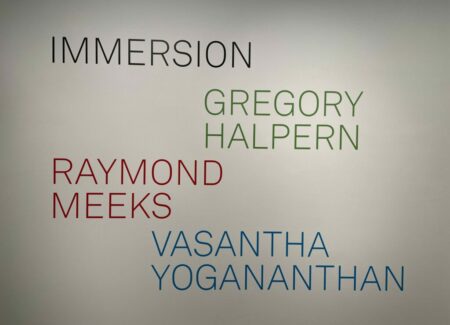

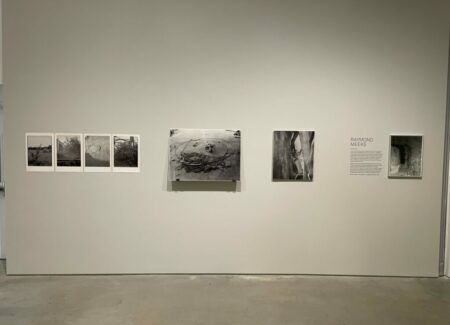

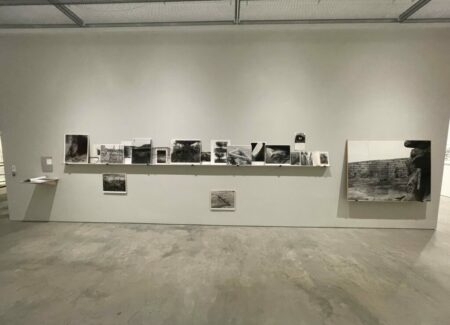
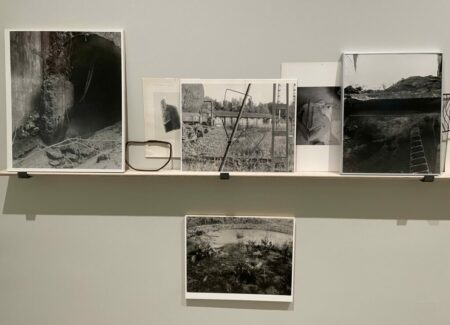
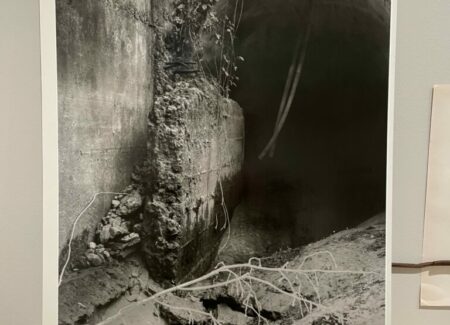


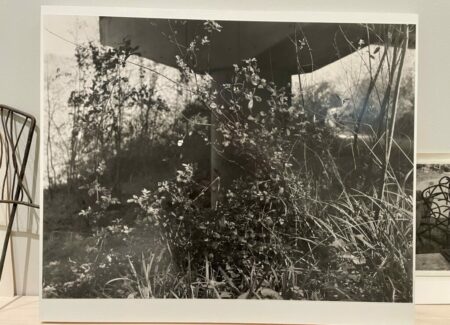
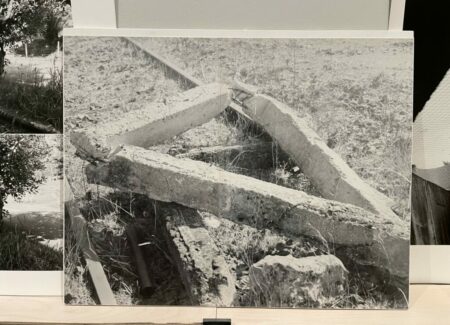
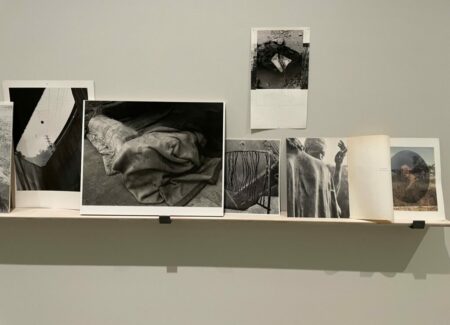


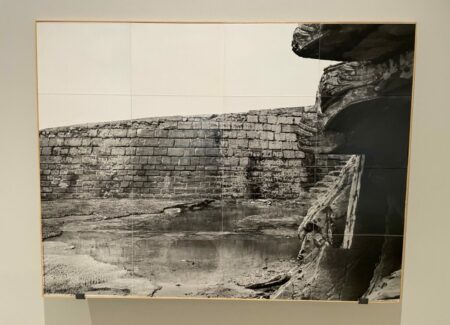

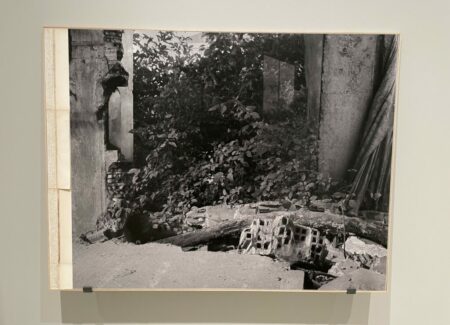
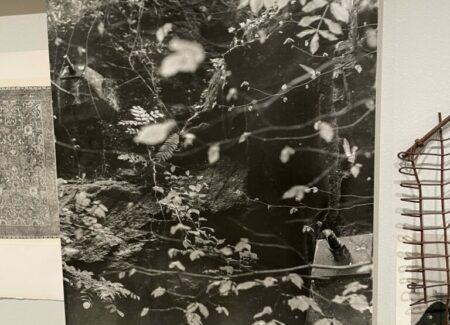

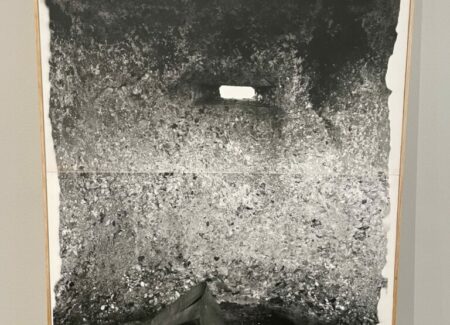
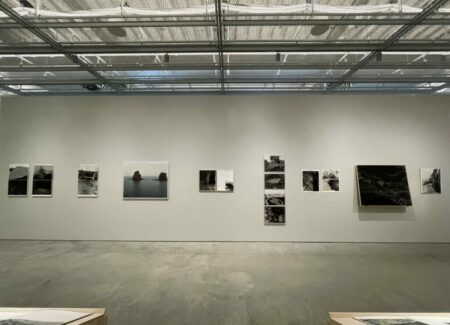
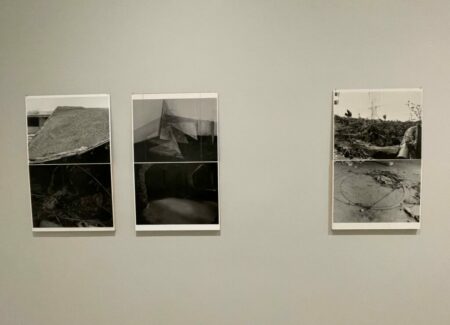
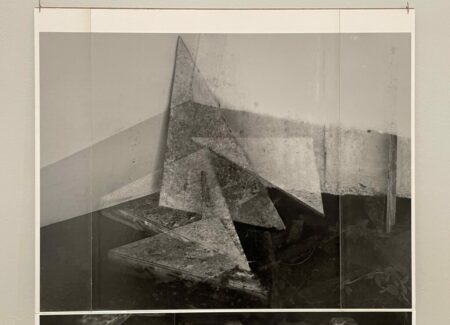
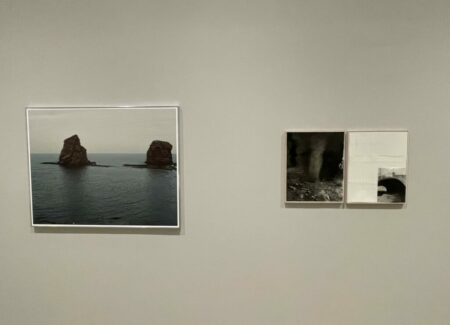
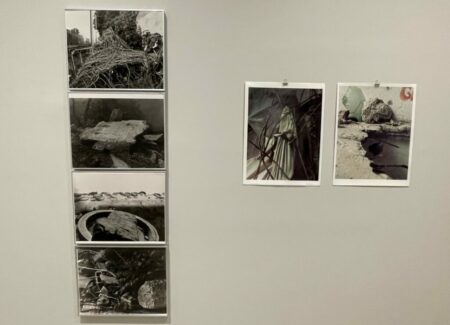
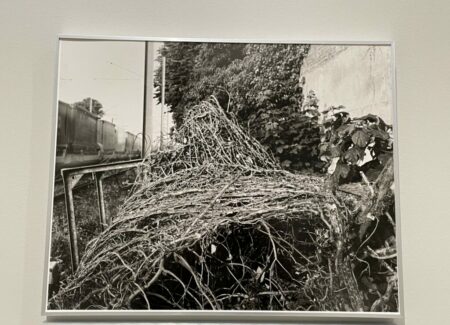



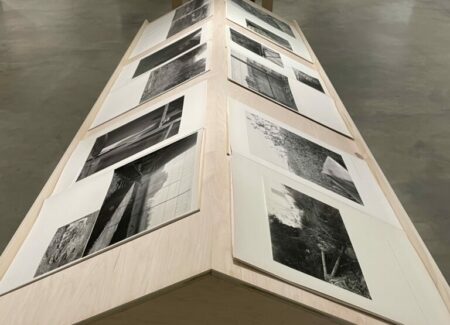



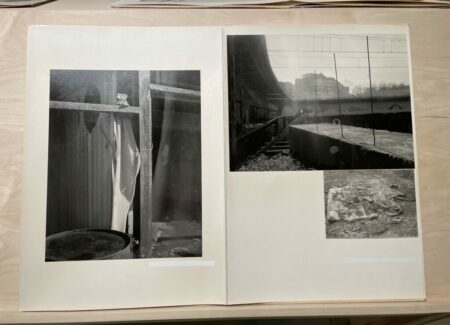

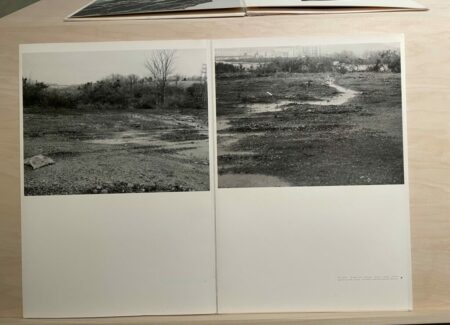


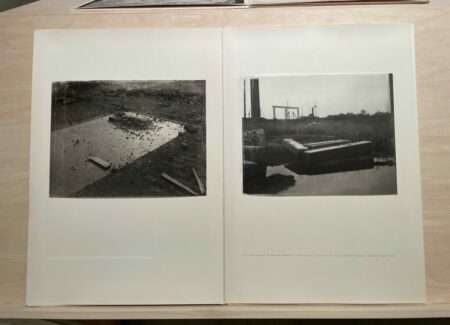
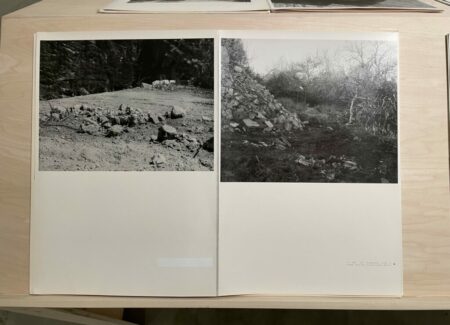

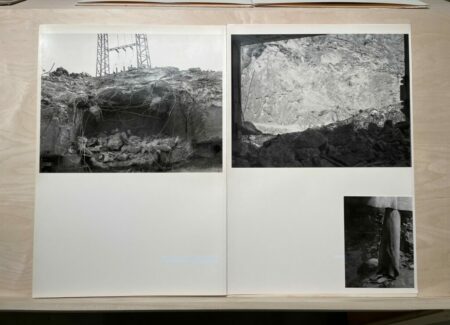
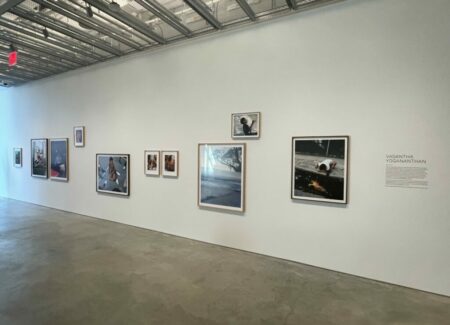
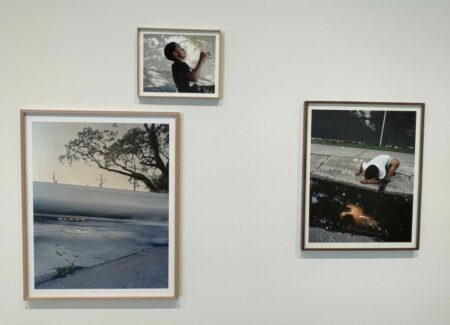

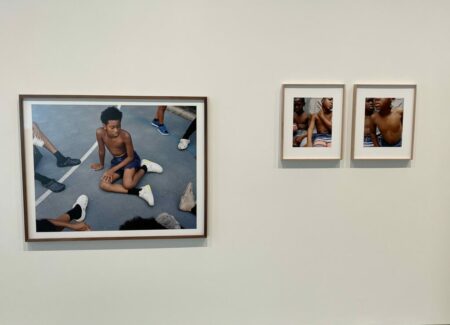

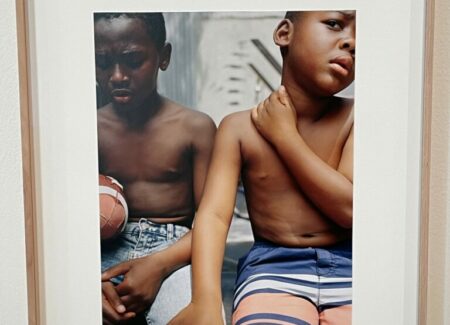

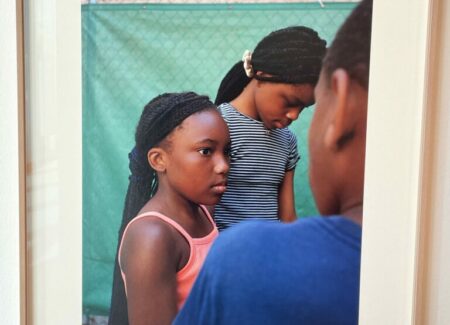
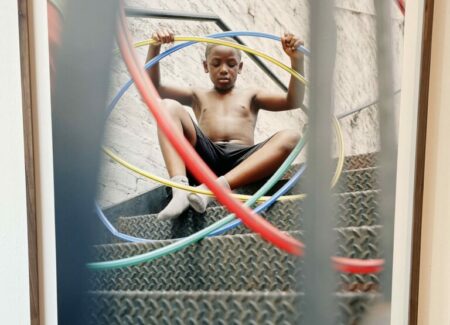
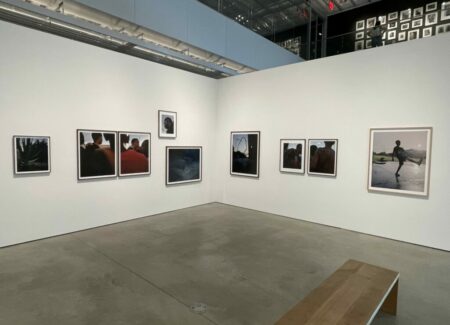
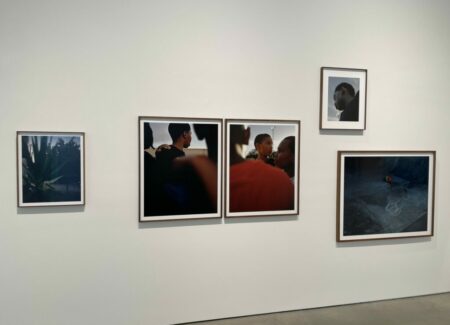

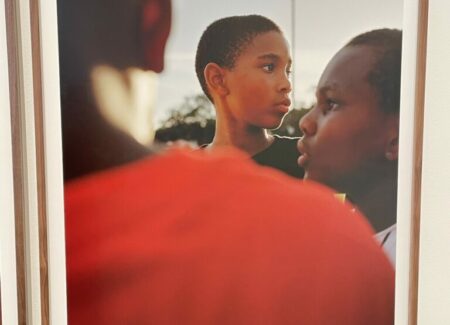
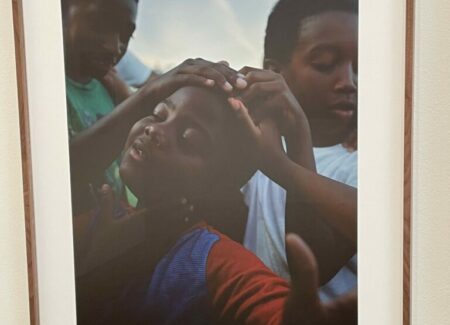

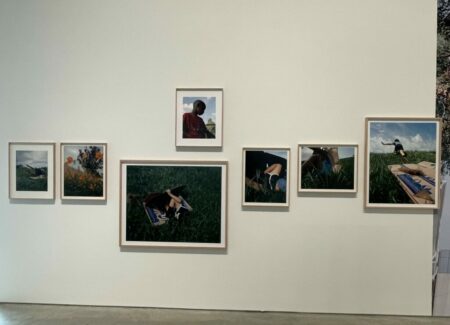
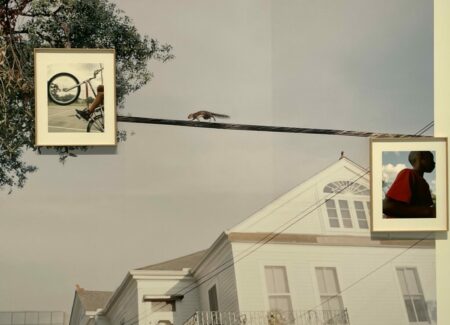
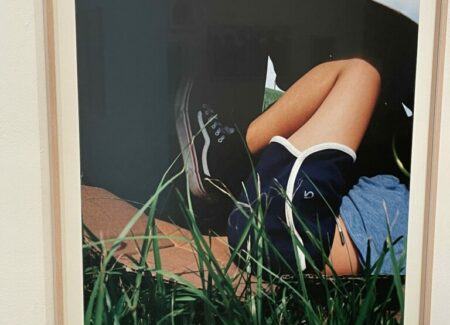
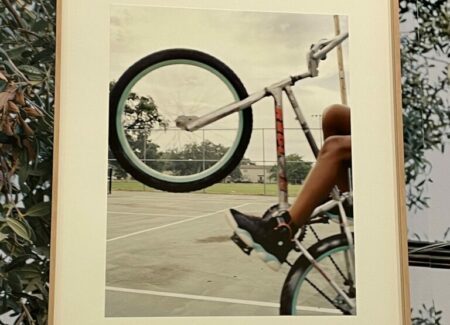
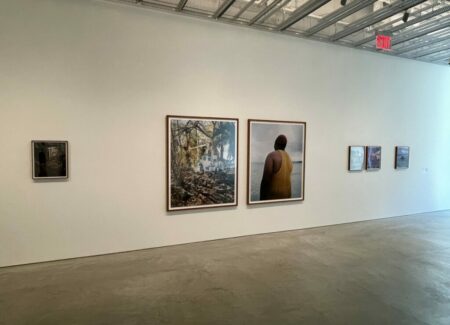


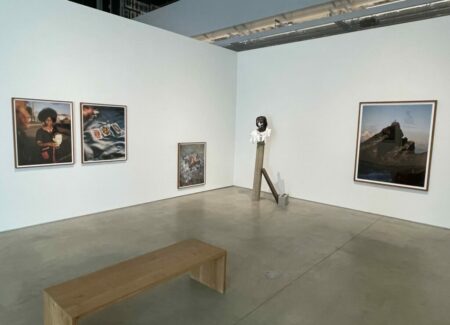
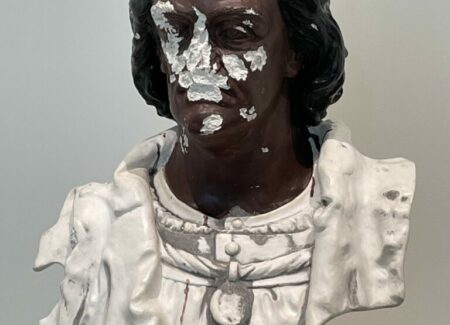
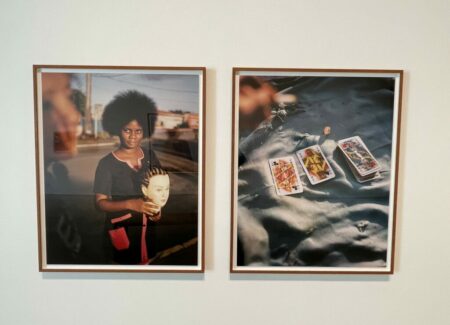
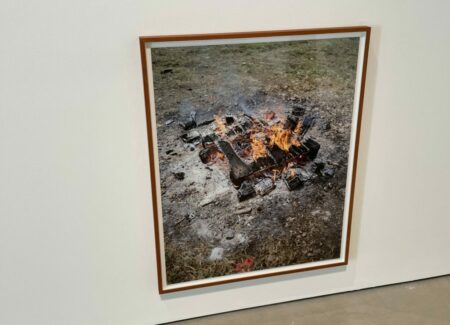
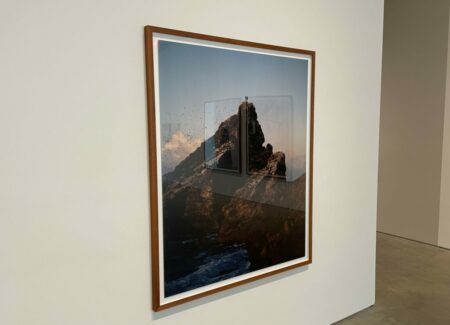




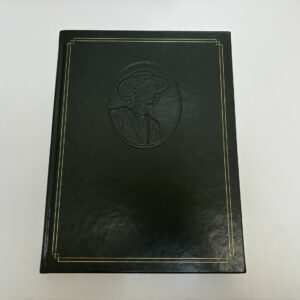
Really interesting review. Thank you for doing so for those of us not able to attend.